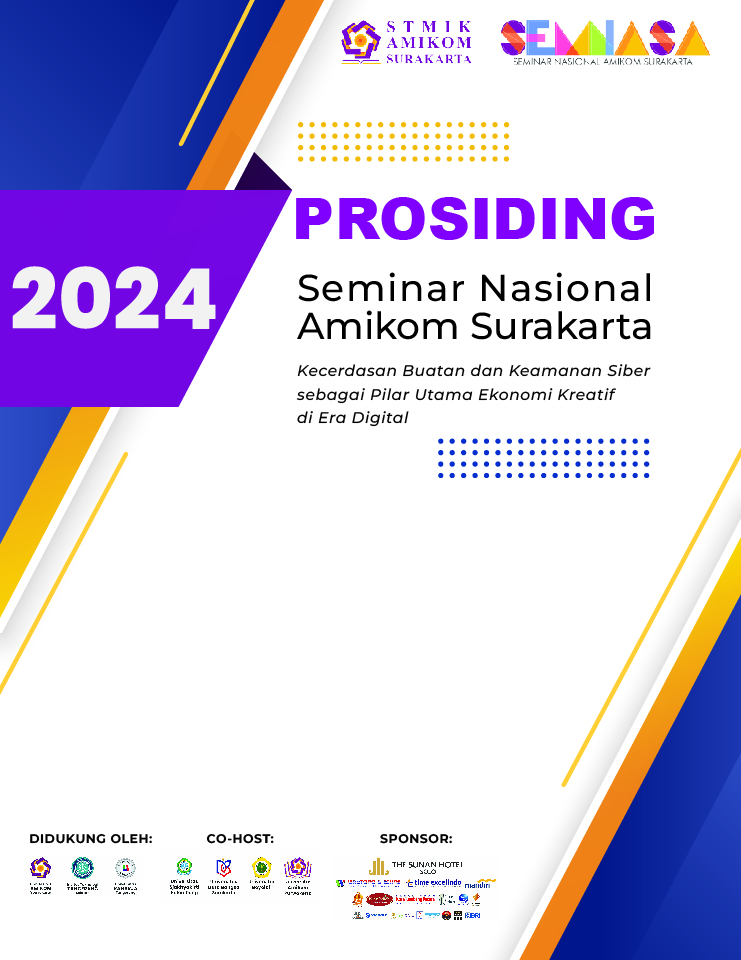Indonesia
Keywords:
IndonesiaAbstract
Retinal diseases are among the serious conditions that can lead to vision impairment and, in severe cases, blindness. Data indicate that 6.3 to 17.9 percent of cases per 100,000 people globally suffer from retinal diseases each year. Early diagnosis of retinal diseases is crucial; however, the diagnosis process often requires significant time. A promising approach for faster early diagnosis of retinal diseases is by utilizing Artificial Intelligence models, such as ResNet, a CNN architecture known for its effective image classification capabilities. The dataset used for this study is the Retinal OCT Images dataset from Kaggle, consisting of 83,600 images across four classes. OCT images typically have low contrast, necessitating image transformation techniques like CLAHE. CLAHE has been proven to improve the ResNet model's accuracy by 2%. Initially, ResNet without CLAHE achieved an accuracy, recall, and F1-Score of 92% and a precision of 93%. With image transformation through CLAHE in the preprocessing stage, ResNet achieved an accuracy, precision, recall, and F1-Score of 94% each. Both approaches reached optimal accuracy at epoch 27, though the training graph for ResNet without CLAHE was more fluctuative. With higher accuracy, the ResNet50 + CLAHE model was determined to be the best-performing model in this study
Downloads
Published
Issue
Section
License
Copyright (c) 2024 Prosiding Seminar Nasional Amikom Surakarta

This work is licensed under a Creative Commons Attribution 4.0 International License.




